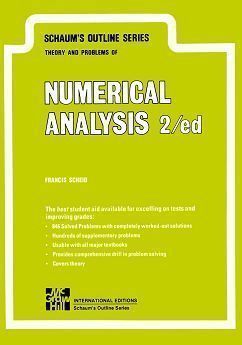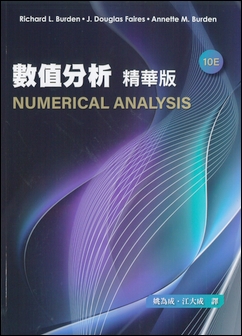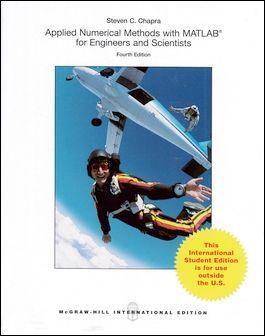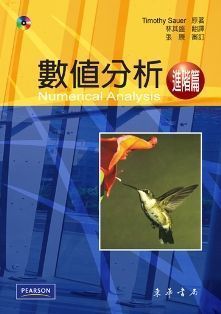書籍分類
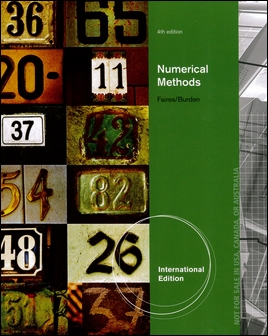
Numerical Methods 4/e
作者:Douglas Faires, Richard L. Burden
原價:NT$ 1,380
內容介紹 本書特色 目錄 作者介紹
- Description
NUMERICAL METHODS, 4E, International Edition emphasizes the intelligent application of approximation techniques to the type of problems that commonly occur in engineering and the physical sciences. Students learn why the numerical methods work, what kinds of errors to expect, and when an application might lead to difficulties. The authors also provide information about the availability of high-quality software for numerical approximation routines. The techniques are the same as those covered in the authors' top-selling Numerical Analysis text, but this text provides an overview for students who need to know the methods without having to perform the analysis. This concise approach still includes mathematical justifications, but only when they are necessary to understand the methods. The emphasis is placed on describing each technique from an implementation standpoint, and on convincing the student that the method is reasonable both mathematically and computationally.



